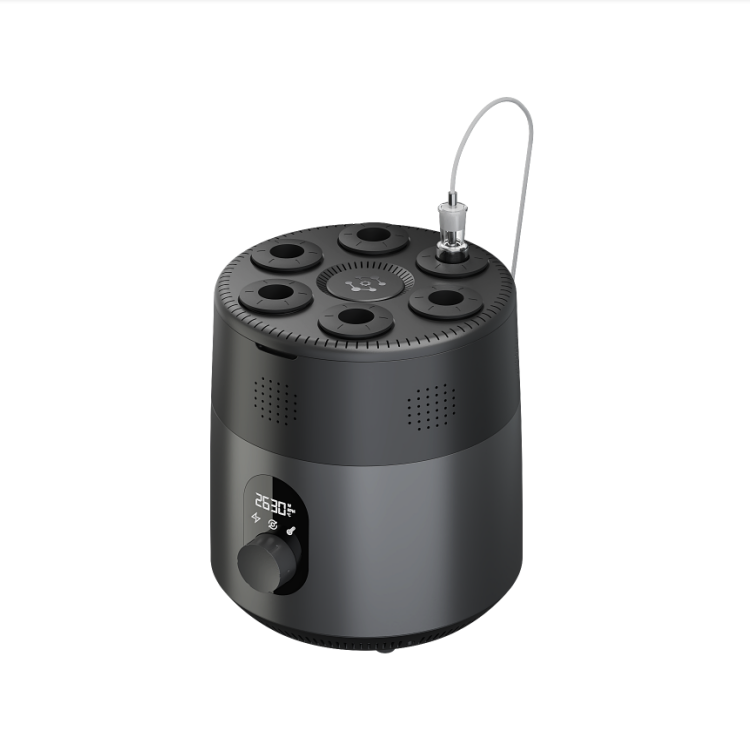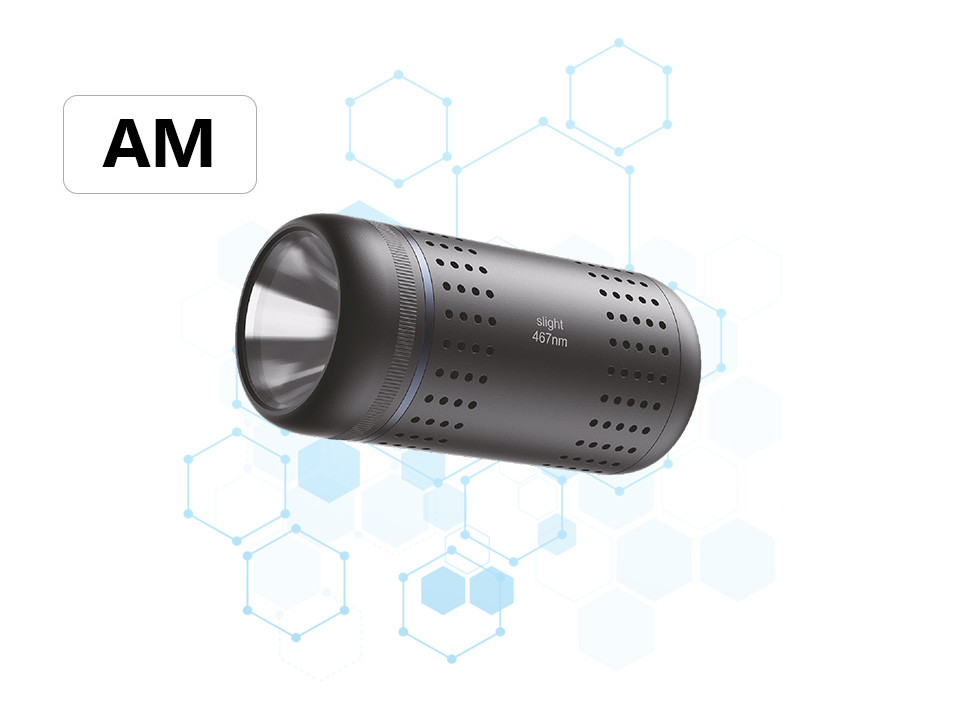The reason for the power of 0-15w in photocatalytic reactor

The power range of 0-15 W for photocatalytic reactors is primarily determined by factors such as matching light source characteristics with photocatalytic reaction requirements, optimizing photocatalytic efficiency, balancing energy consumption and costs, adapting to application scenarios, and ensuring safety and stability. The following is a detailed analysis:
Matching Light Source Characteristics with Photocatalytic Reaction Requirements
The core of photocatalytic reactions lies in utilizing light energy to excite catalysts, generating electron-hole pairs that drive redox reactions. Common light sources, such as ultraviolet lamps, typically operate at relatively low power (e.g., 15 W) yet provide sufficient light intensity to excite catalysts like TiO₂. Studies have shown that under low light intensity conditions, the degradation rate of organic compounds exhibits a linear relationship with light intensity; whereas under high light intensity, the degradation rate correlates linearly with the square root of light intensity. Therefore, the 0-15 W power range effectively meets reaction demands while avoiding energy waste.Balancing Photocatalytic Efficiency with Power
Photocatalytic efficiency is influenced by light source intensity, wavelength band, and illumination method. Excessive power can lead to increased light scattering, reducing solution transparency and potentially inhibiting reaction rates. For instance, when an excessive amount of catalyst is added, light scattering significantly impacts reaction efficiency. Thus, the 0-15 W power range allows for the optimization of light source distribution and catalyst dosage to maximize efficiency.Energy Consumption and Cost Considerations
Photocatalytic reactors are commonly used in laboratory research or small-scale industrial applications, where low-power designs significantly reduce energy consumption and equipment costs. For example, while solar light sources are economical and environmentally friendly, their low utilization efficiency limits their industrial applicability. In contrast, electric light sources operating at 15 W can meet the requirements of most reactions while maintaining cost-effectiveness.Flexibility for Various Application Scenarios
The 0-15 W power range accommodates photocatalytic reactors of different scales. Small reactors (e.g., laboratory-scale) typically employ low-power light sources (e.g., 3-15 W), while large industrial reactors can achieve scalability by combining multiple lamps or increasing the power of individual lamps (though single lamps are often capped at 15 W). This design ensures flexibility while avoiding heat dissipation issues associated with higher power levels.Safety and Stability Requirements
Low-power light sources (e.g., ≤15 W) generate less heat, simplifying reactor cooling system design and reducing equipment complexity and failure rates. Additionally, low-power light sources generally have longer lifespans, further lowering maintenance costs.





